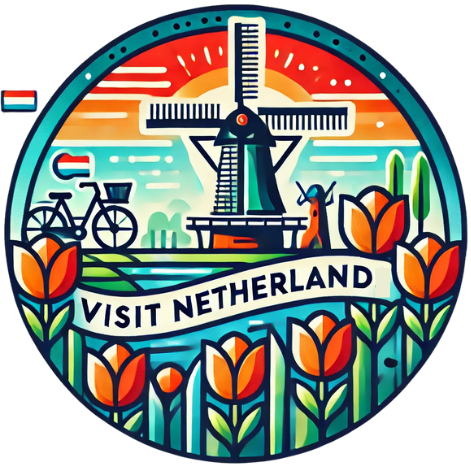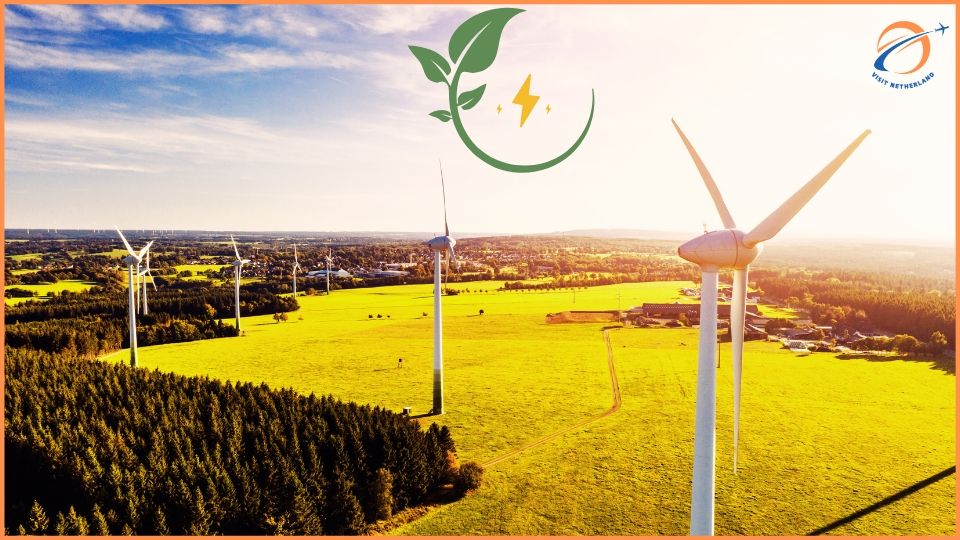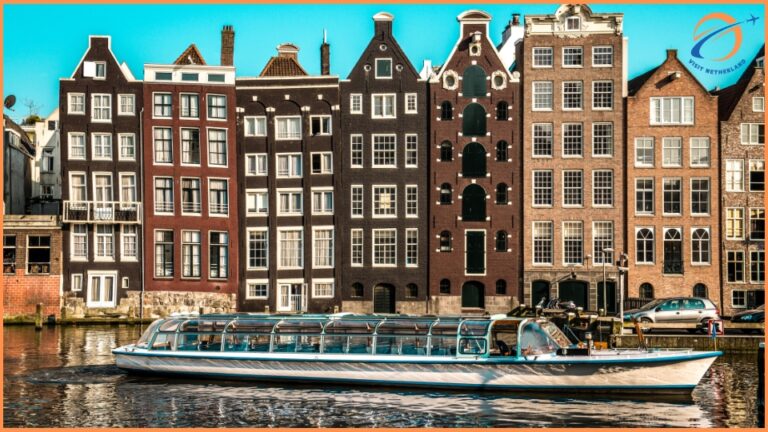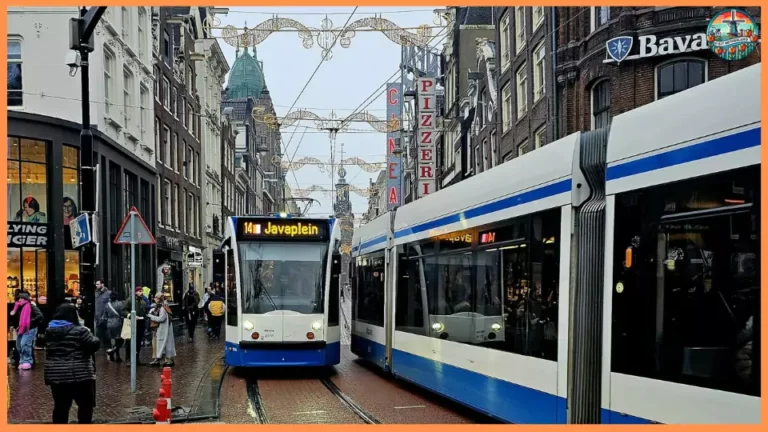Netherlands’ Interest in Environment and Renewable Energy
With its picturesque landscapes and progressive policies, the Netherlands is one of the world’s leaders in environmental sustainability and the use of renewable energies. That is due to the unique combination of geographical challenges and the spirit of innovation. With such a strong dedication to the reduction of carbon emissions, the country is fast developing towards a sustainable future. This article discusses the current environmental initiatives that take place within the country, their strategy towards renewable energy, and the challenges faced during the transition to a green economy.
Historical Context of Environmental Awareness
The Netherlands has a long history of environmental consciousness, largely driven by its geographical situation. Being a low-lying country, about a quarter of its land lies below sea level, making it particularly vulnerable to the impacts of climate change, including rising sea levels and extreme weather events. This precarious position has instilled a deep-rooted commitment to environmental protection and sustainable development.
In the 1970s, environmental issues began to gain political traction, leading to the establishment of various environmental organizations and policies. The Dutch government has since integrated sustainability into its national agenda, reflecting a commitment to both ecological and economic well-being.
Government Policies and Initiatives
The Dutch government has implemented a series of ambitious policies aimed at promoting sustainability and renewable energy. The Climate Agreement of 2019 is a cornerstone of these efforts, outlining the country’s goals to reduce greenhouse gas emissions by 49% by 2030 compared to 1990 levels. This agreement emphasizes collaboration between the government, businesses, and civil society.
Key Initiatives Include:
- Renewable Energy Targets: The Netherlands aims to generate 70% of its electricity from renewable sources by 2030. This ambitious target is supported by significant investments in wind, solar, and biomass energy.
- Energy Efficiency Programs: The government has introduced various programs to enhance energy efficiency in residential, commercial, and industrial sectors. Initiatives include financial incentives for energy-saving renovations and the promotion of energy-efficient appliances.
- Sustainable Mobility: The Dutch government is also focusing on promoting sustainable transportation options. Investments in cycling infrastructure, electric vehicle charging stations, and public transportation are designed to reduce reliance on fossil fuels.
- Circular Economy Strategy: In 2016, the Netherlands launched its Circular Economy Program, aiming to transition from a linear “take-make-dispose” model to a circular economy where resources are reused, recycled, and regenerated.
Renewable Energy Sources
The Netherlands is diversifying its energy portfolio to include various renewable energy sources. The key areas of focus include:
1. Wind Energy
Wind energy is one of the important building blocks in the renewable strategy of the Netherlands. The country boasts some of the world’s largest stretches of wind farms out at sea. Truly stellar examples are the Horns Rev 1 and Horns Rev 2 farms off the coast of Zeeland, which both contribute a great deal to the national grid on equal terms. The government plans to further strengthen its leading position in this respect by increasing this capacity offshore to 11.5 gigawatts by 2023.
2. Solar Energy
Solar energy is rapidly gaining traction in the Netherlands, with both large-scale solar farms and individual solar panel installations on residential rooftops. The government offers subsidies and tax incentives to encourage solar adoption. The ambition is to generate at least 20 gigawatts of solar energy by 2030.
3. Biomass and Biofuels
Biomass is another important renewable energy source. The Netherlands has been investing in biomass energy plants that convert organic materials into energy. However, this approach has sparked debates regarding sustainability, especially concerning the sourcing of biomass materials.
4. Hydropower
While the Netherlands has limited opportunities for large-scale hydropower due to its flat terrain, small-scale hydropower installations contribute to the renewable energy mix. The government encourages the development of innovative solutions for utilizing water resources efficiently.
Public Awareness and Engagement
Public awareness and engagement play a crucial role in the Netherlands’ environmental efforts. The government actively promotes sustainability through campaigns, educational programs, and community initiatives. Schools often incorporate environmental education into their curricula, fostering a culture of sustainability among younger generations.
The Dutch populace is generally supportive of renewable energy initiatives, with many citizens actively participating in local sustainability projects. Community-led renewable energy cooperatives are becoming increasingly popular, allowing residents to invest in and benefit from renewable energy generation.
Challenges and Criticisms
Despite its ambitious goals, the Netherlands faces several challenges in its pursuit of environmental sustainability:
Dependence on Natural Gas: The country has historically relied on natural gas for its energy needs. Transitioning away from fossil fuels while ensuring energy security poses a significant challenge.
Biodiversity Loss: While focusing on renewable energy, the Netherlands must also address biodiversity loss. Intensive agricultural practices and urbanization have contributed to habitat destruction and declining wildlife populations.
Infrastructure and Investment: Upgrading infrastructure to accommodate renewable energy sources requires substantial investment. Balancing economic growth with environmental sustainability remains a critical issue.
Social Inequality: The transition to renewable energy should also consider social equity. Ensuring that all citizens benefit from sustainable initiatives, especially marginalized communities, is essential for a just transition.
The Role of Innovation and Technology
Innovation is at the heart of the Netherlands’ approach to renewable energy. The government actively supports research and development in sustainable technologies, aiming to foster a thriving green tech sector. Initiatives such as the Top Sector Energy program focus on innovation in energy production, storage, and efficiency.
Collaborations between universities, research institutions, and private companies have led to groundbreaking advancements in renewable energy technologies. For example, developments in energy storage solutions are crucial for addressing the intermittent nature of renewable energy sources like solar and wind.
The Netherlands stands as a beacon of environmental sustainability and innovation in renewable energy. With its ambitious goals, strong governmental policies, and active public engagement, the country is well on its way to creating a greener future. However, challenges remain, and addressing them will require continued commitment, innovation, and collaboration among all stakeholders.
While many countries are still struggling with the results of this process, the Netherlands appears as a bright example of how a nation can actively correspond to the trends of sustainability and alternative sources of energy. In this way, with its emphasis on innovative approaches and communal involvement, the Netherlands secures not only its future but is also growing into a contributor to global processes within the struggle against climate change.
FAQs
1. What are the aims of the Netherlands for renewable energies?
By 2030, the Netherlands will aspire to generate 70% of its electricity through wind, solar, and biomass.
2. How does the government of the Netherlands support sustainability?
The government supports a sustainable future because of the policies that deal with the Climate Agreement, the Energy Efficiency in Industry program, and the Circular Economy Strategy.
3. How is the situation with wind energy in the Netherlands?
The second cornerstone of the Renewable Energy Strategy is wind energy, especially the large investments in offshore wind farms.
4. What is the role of civic engagement in the environmental undertaking?
Public awareness through campaigns and projects at the local level actively engages citizens in response to emerging sustainable development. Such a trend secures the growth of environmental responsibility in a perspective-oriented manner.
5. What are the challenges that may still appear in front of the Netherlands in the transition toward renewable energies?
Other challenges include dependency on natural gas, loss of biodiversity, need for investment in infrastructure, and social equity in sustainability efforts.







